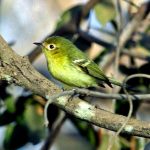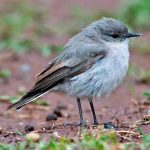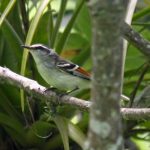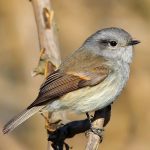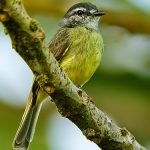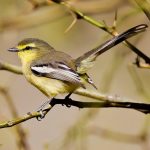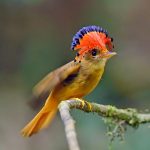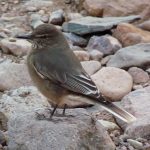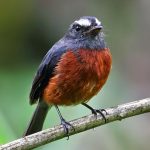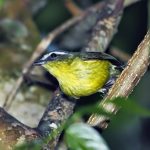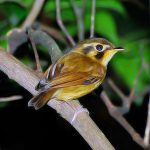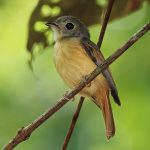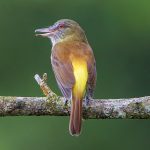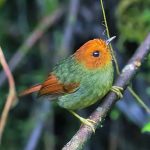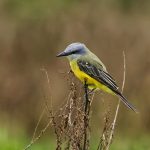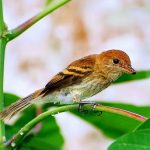Suiriri flycatcher
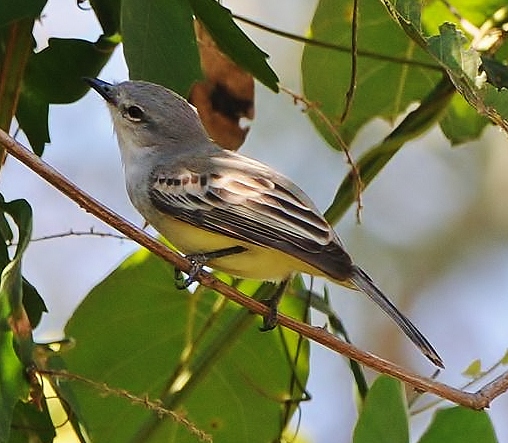
Suiriri suiriri
 |
| Photo by Tadeusz Stawarczyk (Internet Bird Collection) |
Common name:
suiriri flycatcher (en); suiriri-cinzento (pt); tyranneau suiriri (fr); fiofío suirirí (es); graunscheitel-olivtyrann (de)
Taxonomy:
Order Passeriformes
Family Tyrannidae
Range:
This South American species is found in south-western Brazil, Bolivia, Paraguay, Uruguay and northern Argentina.
Size:
These birds are 15-16 cm long and weigh 14-15 g.
Habitat:
Suiriri flycatchers are mostly found in dry savannas and other semi-open habitats, but can also occur in dry forests. They are present from sea level up to an altitude of 3.000 m.
Diet:
They mostly feed on insects and other arthropods, which they hunt by perch-gleaning, sallying and aerial hawking. They sometimes also eat small fruits and berries.
Breeding:
Suiriri flycatcher breed in July-December. The female builds the nest, a cup made of vegetable fibres, lichens and dry leaves and lined with a thick layer of silk cotton. The nest is placed in a fork in a branch of a small tree or bush, about 2 m above the ground. There the female lays 1-3 white or cream-coloured eggs, which she incubates alone for 15-16 days. The chicks are fed by both parents and fledge 17-19 days after hatching. Each pair raises 1-2 broods per season.
Conservation:
IUCN status – LC (Least Concern)
This species has a very large breeding range and, although the global population size has not been quantified, the suiriri flycatcher is described as fairly common. The population is declining owing to widespread habitat conversion to pine and eucalyptus plantations and soy-bean and rice crops as well as habitat clearance for livestock farming.
